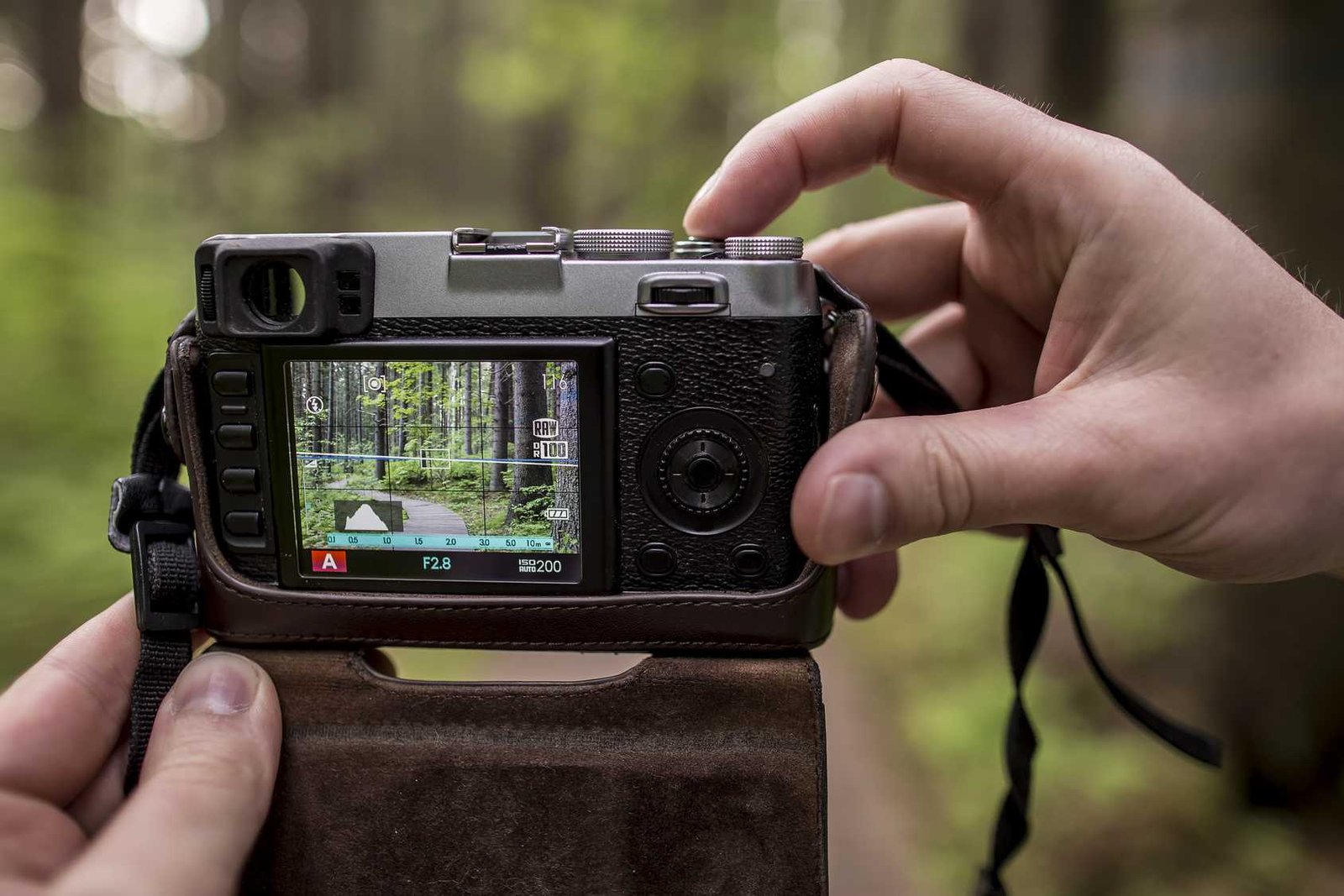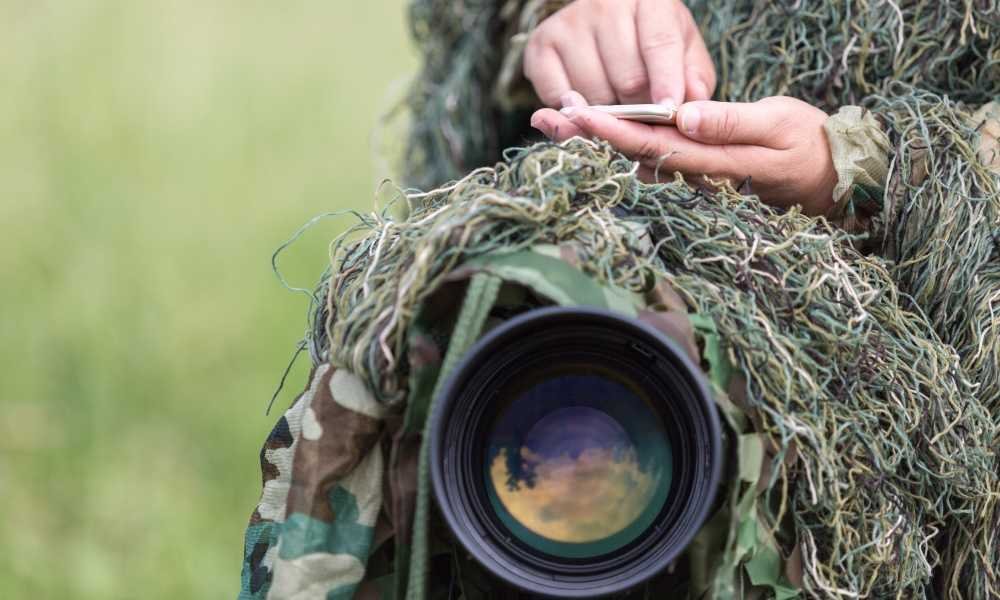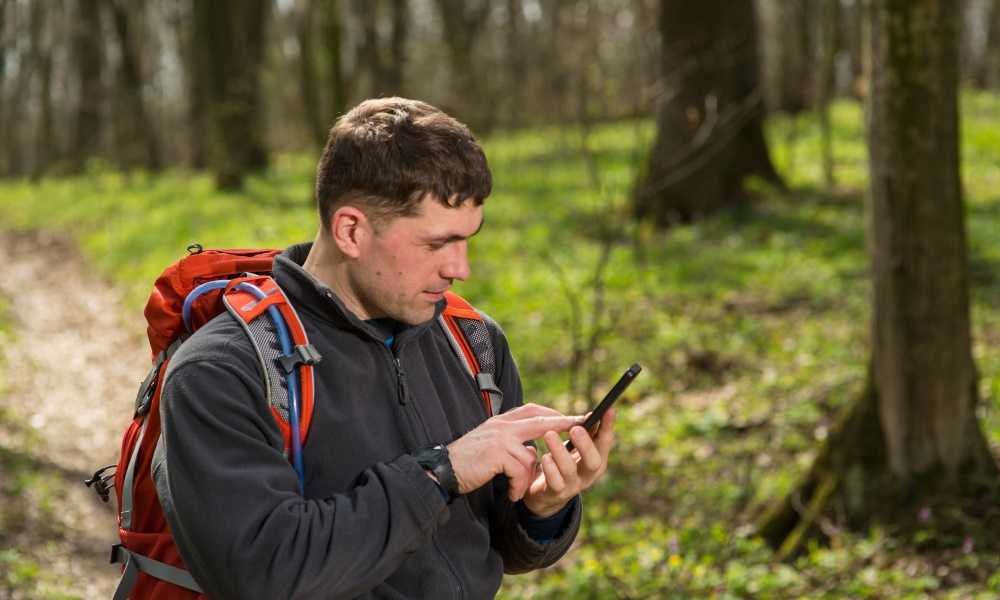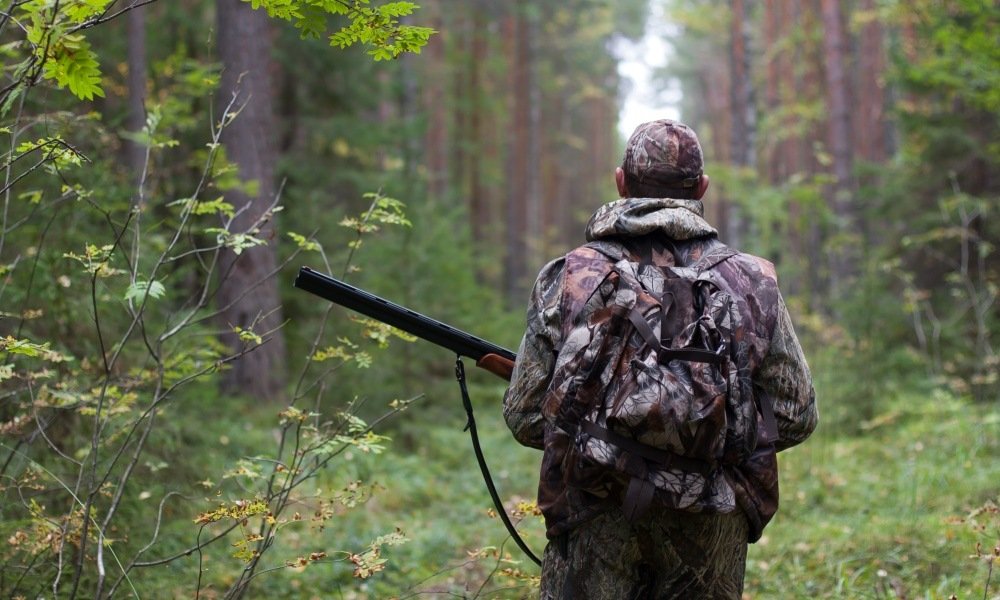
Trail cameras have been in existence for long but recently proved to be very valuable. Although there is a wide variety in the market, finding the right fit for specific hunter’s needs is a daunting task.
It is a good idea to understand the different types of camera and one that will work in an area you want to record. Most of the cameras have common specs like different resolution, motion detectors, tough exterior boxes, and subtle flashes.
Below is a list of trail camera comparisons that will help you learn about the animals in your hunting ground.
Cellular Cameras
Cellular cameras record and send images to your device through an internet connection. Using these cameras is simple. Just insert a SIM card into the camera then position it firmly at a certain point where you want to get the best shot. Turn it on and leave it running there.
These cameras come with high-tech motion sensors to enable you to capture quick activities that cannot be achieved by an ordinary camera.
Additionally, make sure the signal in the hunting area is good to allow you to send the images to your phone or tablet. These cameras do not need the use of wires as they install quickly.
Their small design and camouflage cover allow them to be placed anywhere without detection. They are also lightweight and easy to move from one location to another, so they hunter can capture as many pictures as they want.
They run on batteries, so you will need to shop for the best long-lasting batteries to serve you in the hunting grounds. Although some batteries can last for long, they can still run out of power for a short duration depending on the model. Also, sometimes the hunting area may have a weak signal, and you might find it hard sending images to your devices.
So, if you’re traveling to such areas or in the wilderness, your camera may not serve you to the maximum. Just like other Wi-Fi cameras, cellular cameras can be easily hacked, so you need to protect your camera and its data.
Wireless Wi-Fi Cameras
Unlike the motion-activated and cellular cameras, Wi-Fi cameras use a transmitter to send images to your device through a wireless network. It’s a perfect camera for indoor activities. They are designed to make easier to set up and use, and they are wireless. Wi-Fi cameras are small, which is a great feature to make it undetectable when hunting.
The downside of these cameras is that you need Wi-Fi to work correctly, so they may not work well in dead zones. Also, if the signal is weak, the images can be of low quality. They are also vulnerable to cyber-attacks, so it is important to protect your data in these cameras.
Motion-Activated Cameras
In this trail camera comparison list, this camera can be considered as one of the best on the market today. The camera will remain in its sleep mode until it detects any form of movement.
In case of any action, it will come back on and start recording. It’s a perfect choice for wildlife photography as it can sit still in a specific location for a day or a week.
Since these cameras are on for a few minutes, they require little battery use. Although they need articulate timing, the motion-activated camera delivers as expected. You can use the camera for various purposes like wildlife, security, sports, and recording live events.
One consideration is the field of scanning which can be too big or too small. As a result, it can capture unwanted images. Since the camera relies on motion sensors, it can only capture images when motion occurs, so if the motion sensor is damaged, the camera may not work properly.
Similarly, if there is too much motion such as windy conditions or chilly weather, the camera may work all the time, and the battery can die fast.
Infrared Cameras
If you need an excellent camera to use at night, an infrared camera should be a good pick for the job. This type of camera is designed to shoot in all light conditions to take high-resolution images. They have adjustable light sensors as a backup option just in case the lights go out. They are a perfect choice for cameras to capture everything that happens in the night in any location.
They are also easy to install and use with a high memory storage to allow to take and store any amount of images you want. They are built with a camouflage cover, and they can withstand any weather condition.
One downside is that infrared cameras are quite expensive, unlike other types. So if you need a quality one, you may have to pay more for value.
Flash Cameras
This type of camera use light to capture high-resolution images. They are perfect for night shots since they have a motion detector that automatically turns on the flash and takes a shot when there is any movement. It features a white flash, no-glow flash, and low-glow flash.
The no-glow flash feature won’t scare off your game and is perfect for sensitive use. It also has a log-glow flash that is hard to notice. It’s an excellent substitute for the no-glow flash version if you’re on a budget.
On the other hand, the biggest problem is the white glow flash which can scare off animals. They can also use more battery power to keep the flash on throughout.
Security Cameras
For hunters who want a camera that is built for security purpose, security cameras are the best choice. They are easy to install in the area of choice although it can be easy to spot them.
They can also be used in an office, a warehouse, or a store. They capture events without using much battery power. They sit in silence and record anything that happens to help you when you need evidence. They are a perfect choice if you need cameras on the trail until you get a Wi-Fi or cellular camera.
Although they can be used for security purpose, these cameras they may not be excellent to use for wildlife photography because they need to be connected with wires to the camera and a reliable power source nearby.
Trail Camera Comparison: Wrapping It Up
The latest technology has made everything easy. When you want to explore a little bit and know where the game is after getting your license to hunt, you can just check out some of the best trail cameras listed here and make your choice.
If you need a comparison of different types of cameras, we have that too. So, get the best one in the market, and you won’t miss any precious moment when hunting.



